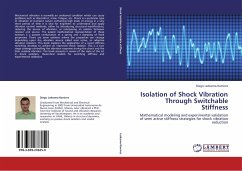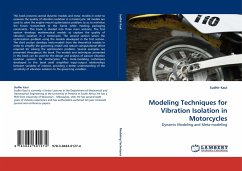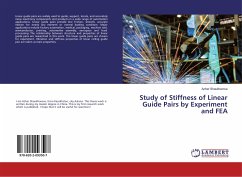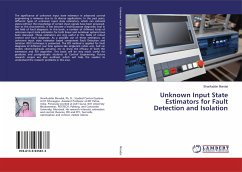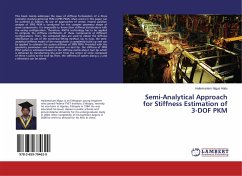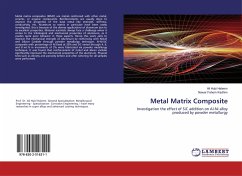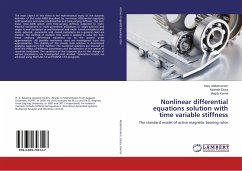Mechanical vibration is normally an undesired condition which can cause problems such as discomfort, noise, fatigue, etc. Shock is a particular type of vibration of transient nature containing high levels of energy in a very short period of time It is vital for engineers to understand and apply vibration control methods, either by introducing structural modifications, reducing the source of vibration, or interposing an isolator between receiver and source. The easiest mathematical representation of these isolators is a passive combination of a spring and a damping of fixed properties. There are some isolators where the properties can change depending upon the vibration source called semi active, or adaptive vibration isolators. This book explores the application of a novel stiffness switching strategy to achieve an improved shock isolator. This is a two stage strategy controlling the vibration response during the shock and the later residual vibration. The book presents a review of the state of the art in shock isolation, theoretical models for switching stiffness and experimental validation.
Bitte wählen Sie Ihr Anliegen aus.
Rechnungen
Retourenschein anfordern
Bestellstatus
Storno

